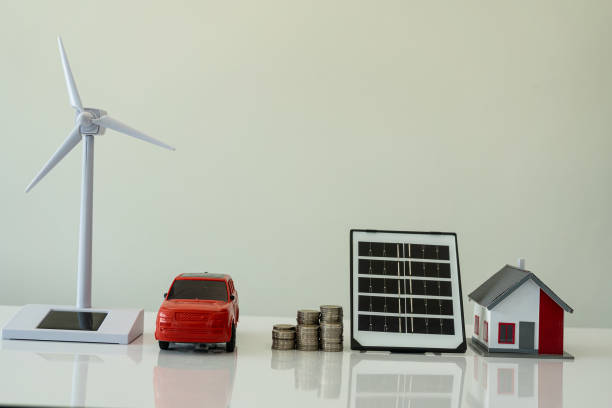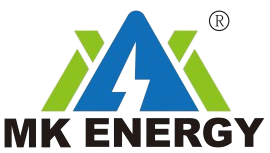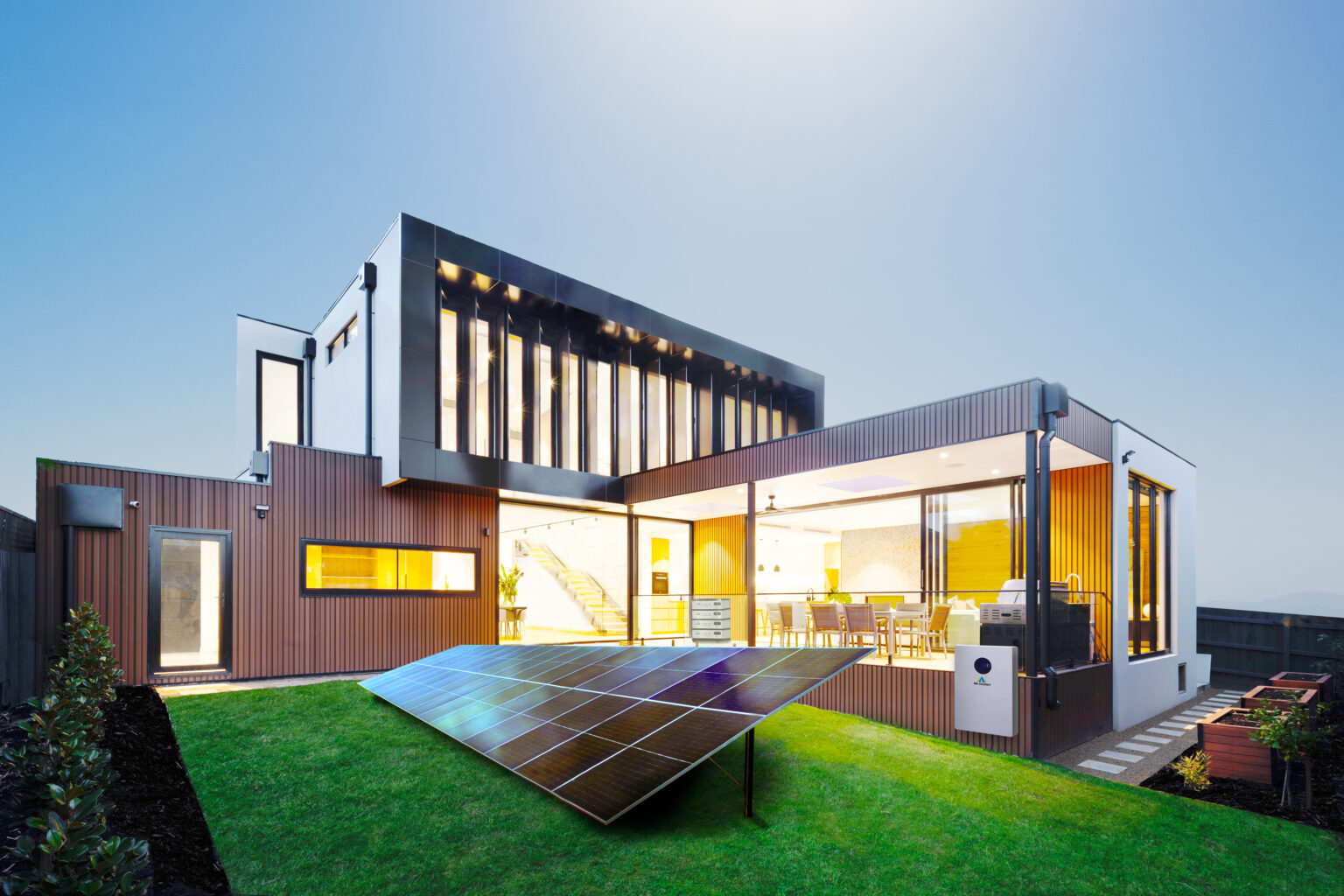With the decline in almacen de energia construction and operation costs and the large-scale development and utilization of distributed energy resources, distributed energy storage is receiving widespread attention in recent years.
Compared with centralized energy storage, the site selection and installation of distributed energy storage is more flexible and convenient, which reduces the loss of electric energy on the line and reduces the pressure on line investment. However, it can still achieve frequency and peak regulation, delay grid transformation, and improve grid operation. Stability and other functions.
leasing model
At present, the financial leasing business model is the most common business model for energy storage, and it is also the business operation model with the widest application range for distributed energy storage.
Its successful development is rooted in two characteristics:
- The leasing model has less risk
- The leasing model is more flexible.
 For users to invest independently in construction, if the energy storage purchased by the user finds that it does not meet their ideal conditions after use or finds that the construction cost of energy storage continues to decrease after purchasing energy storage, the user needs to bear additional costs, and the leasing model is There is greater flexibility in these aspects, and choosing energy storage leasing can reduce investment in fixed assets.
For users to invest independently in construction, if the energy storage purchased by the user finds that it does not meet their ideal conditions after use or finds that the construction cost of energy storage continues to decrease after purchasing energy storage, the user needs to bear additional costs, and the leasing model is There is greater flexibility in these aspects, and choosing energy storage leasing can reduce investment in fixed assets.
Currently, the countries with relatively mature leasing models are the United States and South Korea.
Sharing mode
The shared energy storage model breaks through the original “one-to-one” model and releases energy storage resources to the entire power system, from serving one party to serving multiple parties, greatly improving resource utilization. Effectively reducing construction and operation costs through scale, reducing the cost investment and management investment of self-configured energy storage. Compared with self-configured energy storage, shared energy storage has more obvious advantages in terms of safety, quality and economic benefits.
In the future, as the cost of energy storage construction decreases, the rental income space under the sharing model will further shrink. The key to sustainable development is to develop more revenue models and actively participate in various power markets following the pace of market-oriented reforms.
Virtual power plant mode
The virtual power plant uses control and communication technologies to integrate relatively dispersed sources, grids, loads, storage and other resources to form a special power plant to participate in power system operation and power market management. Energy storage can play a core role in virtual power plants thanks to its strong initiative. Its unique bidirectional charging and discharging functions make up for the shortcomings of only one-way load and power supply in virtual power plants.
The most critical technology of the virtual power plant lies in the platform on which it is built. The platform it builds must make full use of the resources in the system to conduct transactions with the external market to achieve low cost and high returns. At present, the country with relatively mature development of the virtual power plant model is Germany.
Community energy storage model

Under the community energy storage model, users pay a fee lower than the current electricity price to use community energy storage devices to meet their own electricity needs. Compared with other business models, the community energy storage model has a more stable user group. Currently, the countries with relatively mature community energy storage models are Australia, Germany and the United Kingdom.
Outlook for future business models
Under the background of the power market reform, the electricity price mechanism in the energy market is constantly being improved, the dominant position of energy storage in the ancillary service market is increasingly emphasized, and the power market’s tolerance for energy storage is constantly improving. The core commercial value of distributed energy storage lies in the consumption of distributed energy and auxiliary services such as frequency regulation, peak shaving, and backup. Secondly, energy storage can also alleviate network congestion.
The business operation model of future distributed energy storage can be improved around the following points:
- Expand the scope of market participation of distributed energy storage and lower the threshold for distributed energy storage to participate in the market.
- The investment cost and profit model of distributed energy storage should be diversified, and the profit model of distributed energy storage should be innovated to achieve multiple benefits.
- Flexibly arrange the “aggregation” and “dispersion” states of distributed energy storage. Utilize the small and dispersed resources of distributed energy storage to participate in the market with a unified identity through the aggregation model.
To learn more about the industry, please continue to pay attention to website updates or follow our social media accounts.

